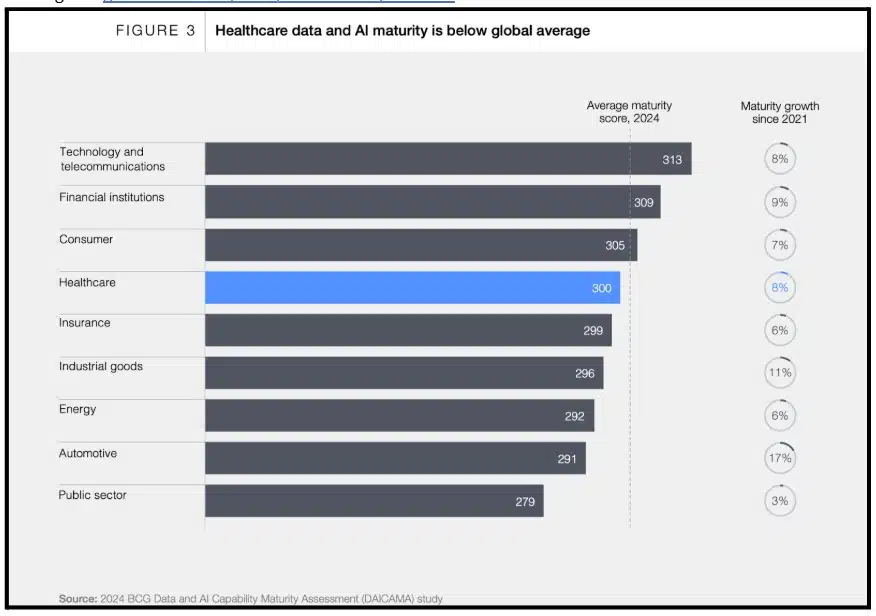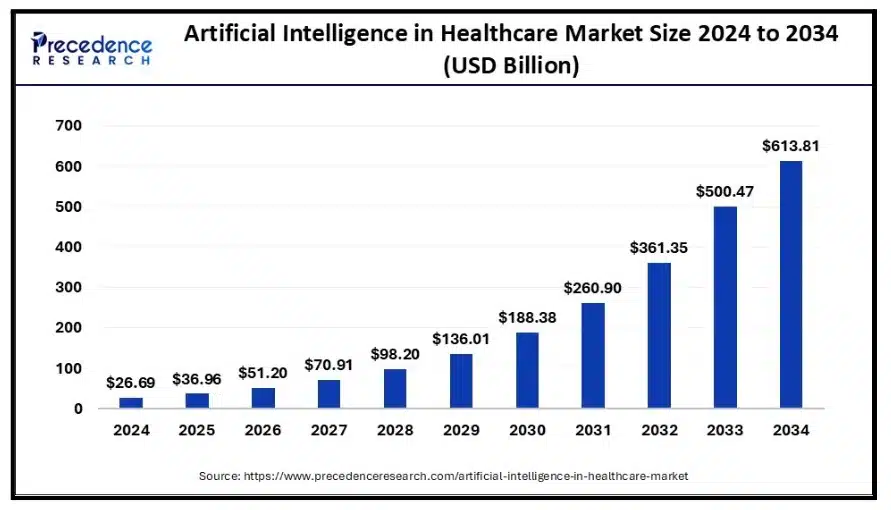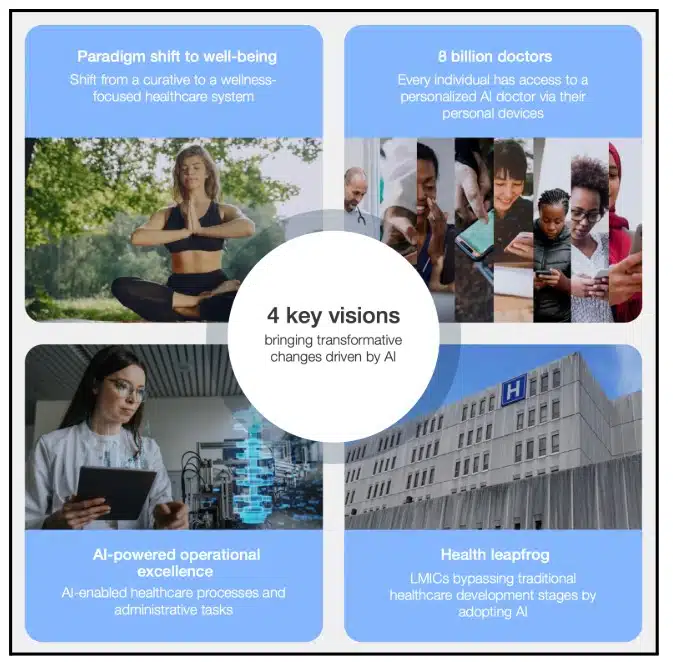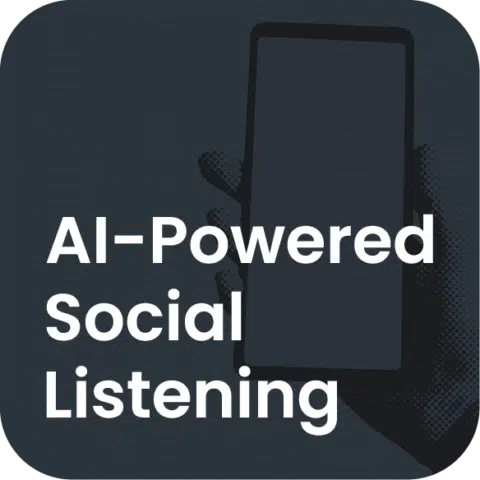Artificial intelligence has infiltrated almost every industry, improving business operations. Think of generative AI, such as ChatGPT, for content generation and conversational AI, like chatbots for customer support. Even voice assistants, such as Alexa and Siri, invade most households for home entertainment.
What about the use of AI in the healthcare sector? Aside from leveraging AI for virtual consultations, remote patient monitoring (RPM), drug formulation, and medical diagnosis, incorporating AI influencers is a great idea. They can help promote good health and overall well-being.
In this article, we’ll cover the role of synthetic influencers in healthcare. Read on to learn how to manage your public relations campaign using AI-created celebrities.
What Are Synthetic Influencers?
Synthetic influencers are digital personas generated through AI technology. They are used to represent a brand, typically on social media, for marketing or PR purposes. Take a video clip of an AI influencer, for instance, promoting a particular product or service and engaging with its target audience.
There’s no denying the use of AI in PR as the new frontier in 2025—and beyond. How does it work? AI-generated influencers have come to life due to the following technological advances:
- Generative AI: GenAI is used for creating captions, dialogues, and backgrounds for video clips.
- 3D modelling: 3D animation paves the way for virtual characters that mimic human behaviour.
- Synthetic media: Deepfake and voice synthesis let a synthetic influencer speak with a realistic voice.
Case in point:
Lil Miquela, Imma, and Shudu are popular characters on social media who are considered synthetic influencers. They have all worked with top brands, including Dior, Prada, and Samsung, by engaging with various stakeholders.
Take a glimpse of Lil Miquela partnering with Liquidiv for its PR campaign on Instagram below:

Synthetic influencers have begun emerging in the healthcare sector. And this shows no signs of stopping.
Recently, we’ve seen video clips of AI personas making public health announcements, promoting healthcare products or services, or simply entertaining patients with chronic illnesses. However, we have yet to see AI-generated influencers rising in extreme popularity in the healthcare industry.
In the meantime, learn their advantages and disadvantages in the next section.
The Pros and Cons of Using Synthetic Influencers for Healthcare
AI has infiltrated various industries. In its Global AI Survey 2025, BluePrism found that:
- Nearly 30% of companies use agentic AI for automation.
- Almost 45% of organizations plan to adopt AI within a year.
- About 84% of business leaders see AI’s potential for innovation
Specifically, it’s easy to see the use of AI in marketing and communications—more so in public relations, no matter the industry. Healthcare is no exception: It’s one of the top industries leveraging AI technology, although its growth maturity has yet to be fully realized.

Synthetic influencer is one of the potential AI trends in the healthcare industry. While we’ve started seeing video clips of AI-generated personas tackling healthcare, we’ve not yet encountered the rise of AI-generated influencers in the industry. However, it’s predicted to be a booming trend in the coming years.
So, as early as now, weigh the pros and cons of using synthetic influencers for your healthcare organization to make informed decisions.
Potential Benefits
- 24/7 availability: Your AI influencers are available 24 hours a day, seven days a week. Whether promoting your brand or engaging with patients, they are ready to assist or do their work.
- Worldwide reach: AI influencers are global with no physical constraints. They are capable of reaching out to various stakeholders from around the world, including patients, the general public, and the media.
- Creative storytelling: Generating synthetic influencers can enhance the creativity of your PR campaign. Your AI personas can tell numerous stories that resonate with your target patients.
- Personalized content: You can leverage AI influencers to customize content pieces for every segment. For example, the use of appointment data to personalize content is ideal for targeting patients of different demographics.
- Safe brand image: Synthetic influencers are AI-generated personas. Therefore, they won’t commit potential misconduct or real-world scandals like humans unless you make a mistake in your video production.
Possible Challenges
- Lack of authenticity and public trust: Obviously, AI influencers aren’t real. Chances are, people won’t put their trust and confidence in your PR campaign unless you prove otherwise.
- Backlash over transparency and disclosure: If your audience isn’t clearly informed about the AI-generated persona, it can lead to reputational harm for your brand.
- Potential for misinformation and manipulation: Should you solely rely on GenAI for content creation and agentic AI for synthetic influencers, you might share incorrect healthcare information and mislead the public.
- Responsibility and accountability during crises: As crises might be inevitable in any PR campaign, the question is: Who will be held legally responsible and accountable for your AI influencer?
- Emergence of legal and ethical concerns: The use of AI in business (including PR) demands lawful compliance and moral obligations. Are you presenting your AI influencers in a legal and ethical manner?
Learn the steps for creating and handling your synthetic influencer for your PR campaign in the next section.
How To Shape and Manage Your AI Health Influencer
The AI market for healthcare has been growing and expanding. Its global market could grow from $36.96 billion in 2025 to $613.81 billion by 2034 at a compound annual growth rate (CAGR) of 36.83%. This technology has been transforming patient care, clinical trials, drug discovery, and administrative tasks.

Meanwhile, the role of influencer marketing has become increasingly evident in the era of AI and automation. In healthcare, stakeholders have begun to see synthetic influencers in videos promoting healthcare brands or products, as well as educating the public on health and wellness.
If you’re looking to use AI influencers for your PR campaign in the near future, here’s what you need to do:
1. Create a responsible AI persona
To begin, employ influencer marketing and PR powered by AI. That is to develop a digital persona responsible for promoting your healthcare brand and engaging with various stakeholders (patients included). Make sure this synthetic influencer aligns with your vision and mission as a healthcare organization.
Laurence Bonicalzi Bridier, CEO at ArtMajeur by YourArt, suggests incorporating human attributes into your AI-generated influencer for your PR campaign.
Bridier says, “Your AI influencer is the face of your brand, so it should feel human—empathetic, culturally aware, and trustworthy. Most importantly, it needs to reflect your brand’s values so it connects with people in a real, meaningful way.”
2. Use the persona in multi-channel
Once you have your AI influencer set up, select the channels where it will take a presence online. Start with your healthcare website and/or blog by turning this persona into your healthcare advocate. The key here is to make them conspicuous, credible, and trustworthy in the eyes of your stakeholders, especially valued patients.
However, Peter Čuček, Owner of Tuuli, recommends having your synthetic influencer on all your social media channels.
Čuček explains, “If you’re creating an AI influencer, don’t just hide it on your website; Show it off across all your social media channels. The more visible and consistent it is, the more trust and recognition it builds.”
3. Pursue strategic collaborations
Your synthetic influencer shouldn’t just be a digital display but a human-like persona that engages with your stakeholders. Provide your patients with reliable AI doctors and even direct them to Your Doctors Online Ontario for 24/7 virtual access to licensed physicians when necessary.
Note: Personalized health professionals will be one of the transformative changes driven by AI.

Learn from Adrian Lorga, Founder and President at 617 Boston Movers, who plans to develop a synthetic influencer for his moving company.
Lorga remarks, “We’re building a synthetic influencer not just to promote our brand but actually to interact with customers and answer their questions. It’s about creating real engagement, not just putting up a digital face.”
4. Prepare for a backlash or crisis
Crisis management is a crucial aspect of PR management, and the healthcare sector is no exception. Think of the public backlash faced by healthcare providers and professionals during the pandemic outbreak due to their inability to handle the situation.
In this light, your AI influencer should be reliable and credible enough to connect with your audience, mitigate damage, and re-boost your brand. Take it from Lacey Jarvis, COO at AAA State of Play, who has his fair share of handling dissatisfied clients. He strategically recommends developing a synthetic influencer to deal with stakeholders.
Jarvis shares, “When things go wrong, a well-designed AI influencer can help keep communication going while your team works behind the scenes to fix the issue. It’s a smart way to stay present, ease concerns, and protect your brand’s image.”
5. Observe legal and ethical matters
It’s no secret how AI impacts influencer marketing and PR. However, as cited above, having legal and ethical considerations is one of the biggest challenges. When presenting your synthetic influencer and interacting with various stakeholders, ensure 100% adherence to laws and maintain a moral compass at all times.
Nicolas Breedlove, CEO at PlaygroundEquipment.com, emphasizes the need to disclose your synthetic influencer as a human entity. She also suggests navigating local laws and regulations to avoid non-compliance, which can result in legal consequences.
Breedlove nudges, “Be upfront—let people know your influencer is AI. It builds trust and keeps you on the right side of the law. Always check local rules so you don’t run into compliance issues.”
Final Words
The use of AI looks bright and promising for the healthcare industry. Agentic AI, including synthetic influencers, will soon revolutionize the entire sector. As AI-generated health professionals, they can help promote overall health and well-being.
As such, leveraging AI influencers is a wise move for your healthcare organization. However, follow the key steps and tips above, from setting up your AI persona to observing legal and ethical matters. More importantly, weigh the pros and cons of using an AI influencer for your PR campaign!
If you’re looking to optimize your PR with the help of AI, consider hiring Agility PR Solution’s managed services. To get started, book a demo to speak with an expert today!




